When it comes to your outdoor knife, you’ve got a few things to consider. Sure, anything will do in a pinch - but don’t expect that old steak knife to last too long as a makeshift woodsplitter. Across these next few blog posts, we’ll be breaking down the big points so you know what’s what when you’re out buying tools for your next camping trip.
Part 2 - The right tool for the job
So you’ve weighed up the options for a fixed or folding blade, and you’re ready to look at the blade style. Most people can identify that blades come in all shapes and sizes, but once you take a step deeper you quickly come to appreciate the nuance and usefulness of having the right blade for the right job.
Now, we could go on for pages covering every possible style, but for the sake of brevity, we’re just going to cover the most popular styles for campers. Besides, if you plan on bringing a Karambit as your primary camping knife, you either have no idea what you’re doing, or you’re really, really good with it and probably don’t need our guide in the first place.
Drop Point
If you were asked to picture a knife in your head, this is the shape you’d probably come up with. And for good reason too - the drop point is perhaps the most popular and versatile around, with a curved belly that’s great for slicing, a thick, tapered point for added durability, and, most of all, an sense of familiarity that makes it easy to learn. Drop points intended for outdoor may also have serrated teeth, which make sawing wood a breeze.
Spear Point
If you think you’ll be doing less cutting and more stabbing, then a spear point may be the way to go. With a sharp, cutting edge along both the top and bottom of the blade, the spear point excels in puncturing wood, leather and canvas. To accommodate this sharper point these knives often have a much thinner blade, but this can also make cutting a little less wieldy. That slimmer profile will also cut down on size and weight, but don’t go trying to split wood with it - the double-edges won’t take too kindly to being hammered.
Tanto
One of the most visually distinct blade profiles, the faux-japanese stylings of the modern Tanto blade is ideal for cutting tougher materials, owing to it’s much thicker blade and point. Much like the spear point, the longer, straighter shape may hinder it’s slicing capabilities, but it more than makes up for it in sheer piercing and cutting capability.

Reverse-Tanto
An inverse of the iconic Tanto, the Reverse-Tanto has a backwards-facing point, making the transition from the blade’s spine to the tip a lot shorter, and making the front end of the knife a lot fatter. This fatter section is more chisel than knife, and makes the Reverse-Tanto one of the most durable blade shapes available. Couple that with the rounded belly of the drop point, and you’ve got a potent mix of cutting ability, handling and sheer strength.

Clip Point
The hunter’s knife of choice, the clip point has a distinct, rounded cutout at the tip, giving you great control for delicate, precise work. The curved profile and reduced belly make it ideal for skinning game, whittling, and performing clean cuts, while the thin point is perfect for puncturing and getting into tight spaces. All this optimization makes it a little fragile, however, and repeated stabbing may cause the fine point to break off.
In conclusion,
These styles make up the majority of knives you’ll find on the outdoor market. While more niche shapes - such as Sheepsfoot, Wharncliffe and Hawksbill - have their place in the knife canon, these 5 are the most versatile, practical and suitable for the rigors of the outdoors. In our next article, we’ll talk about handles, and how to select the most suitable for your needs.

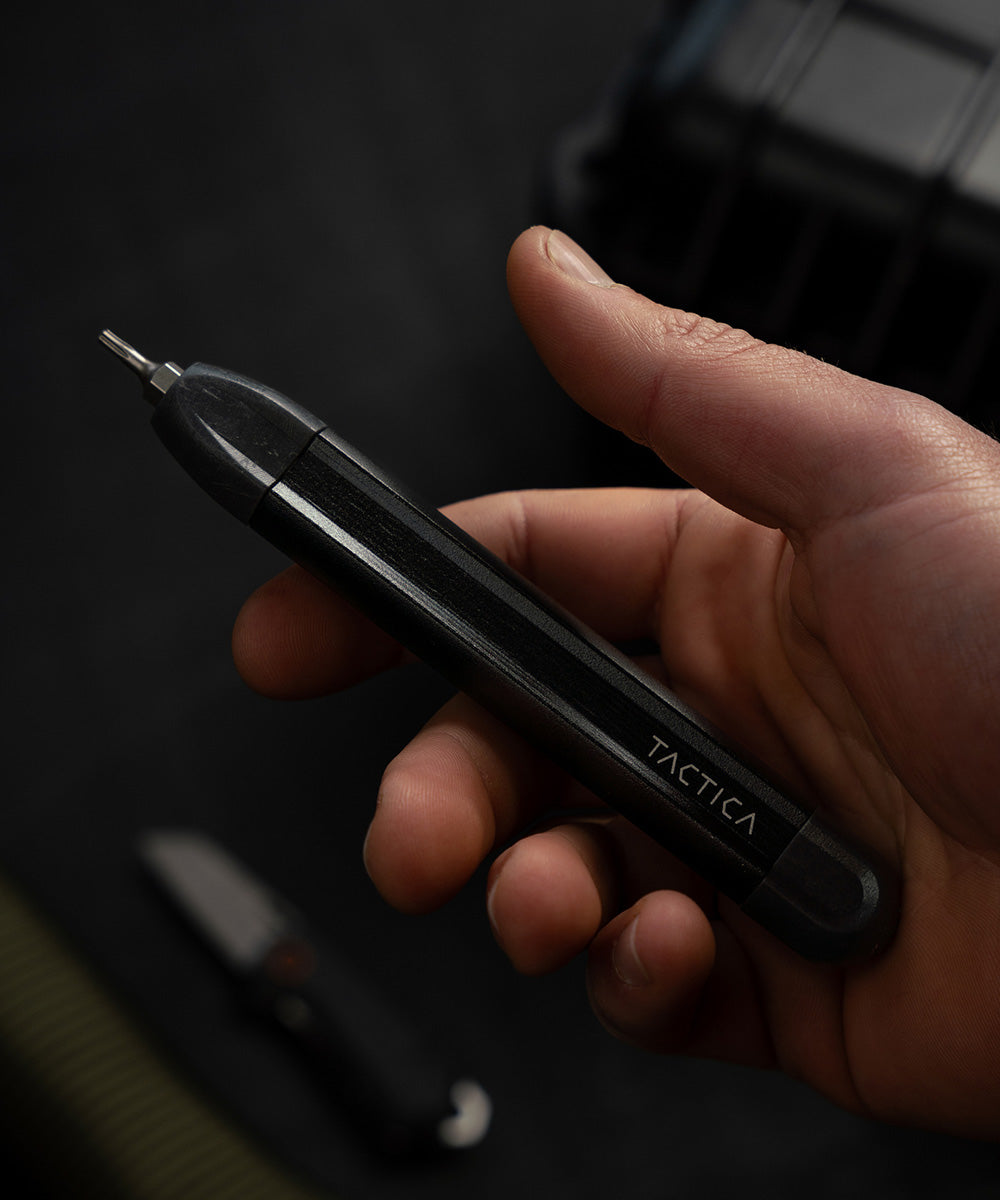
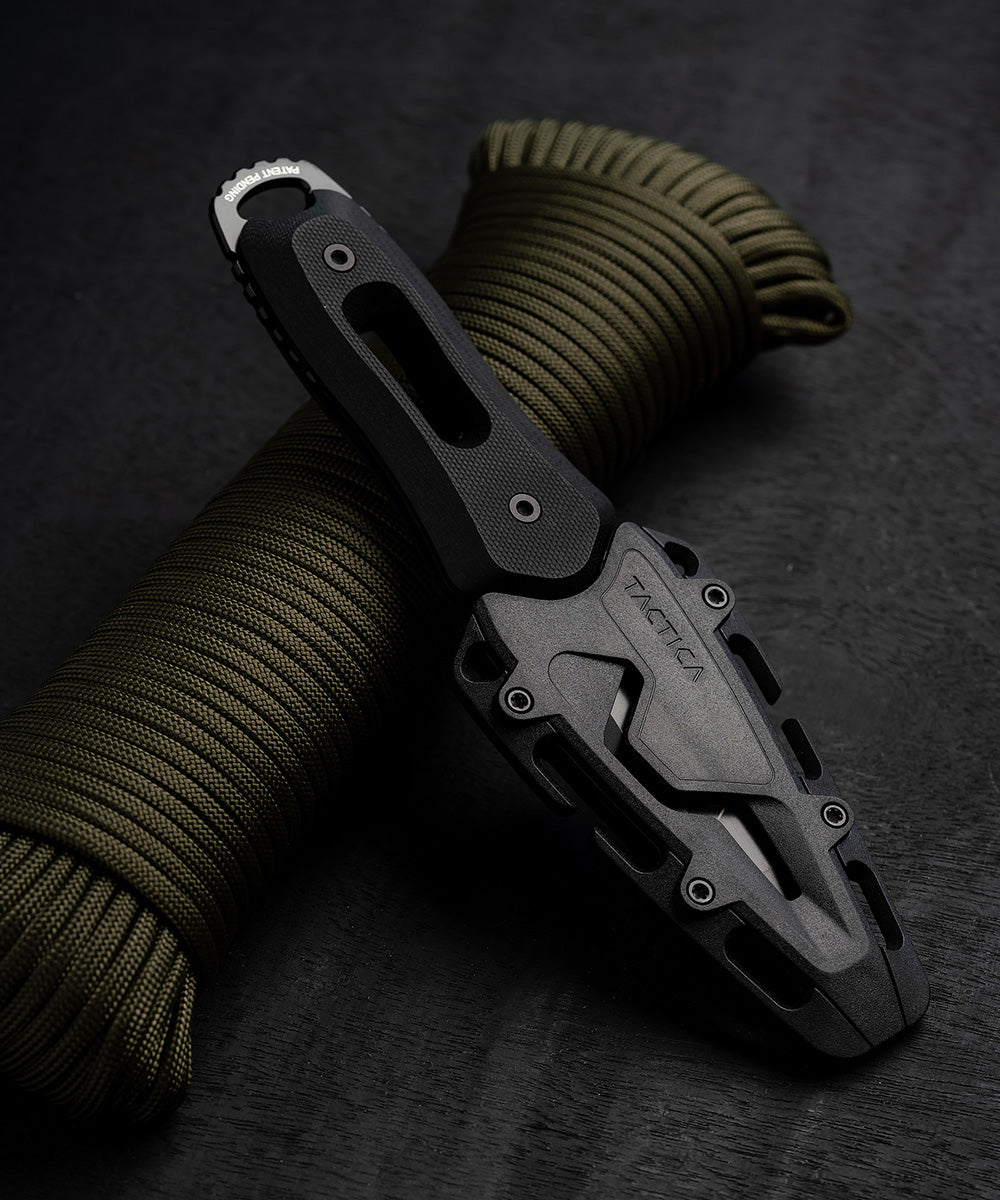
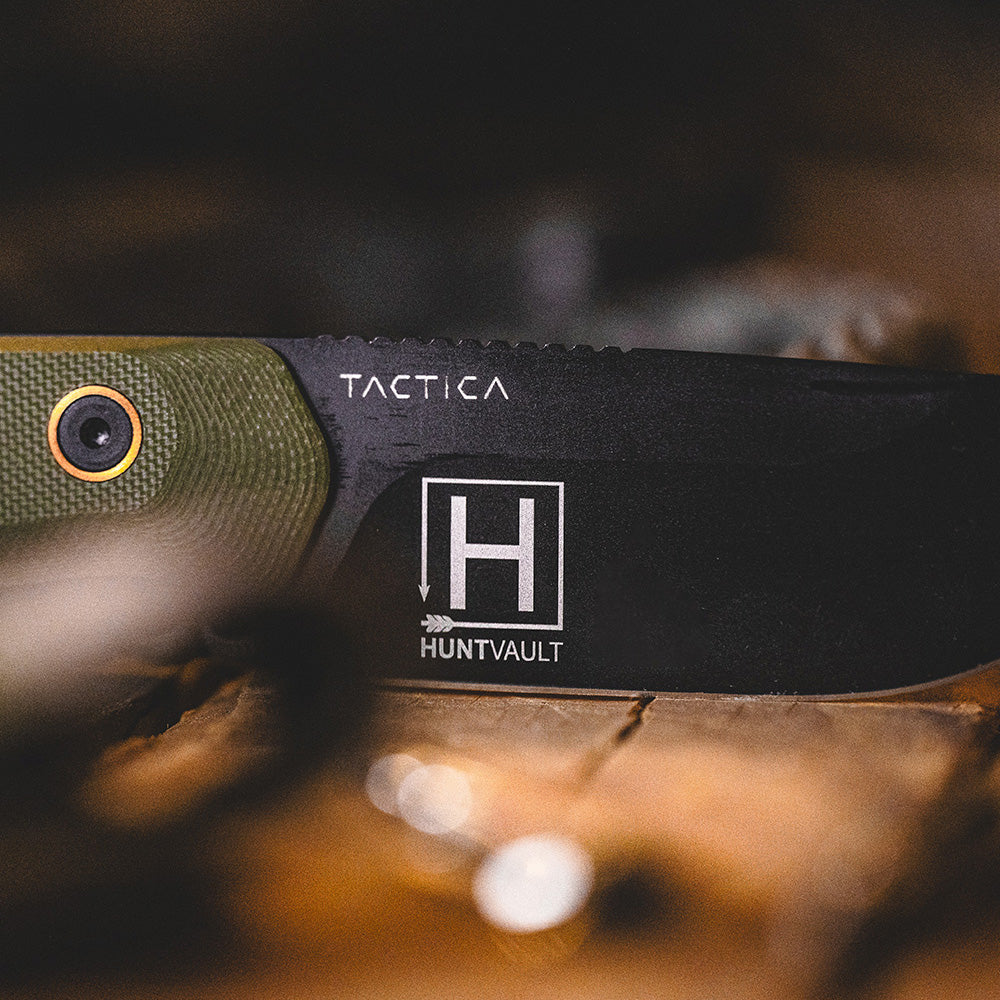
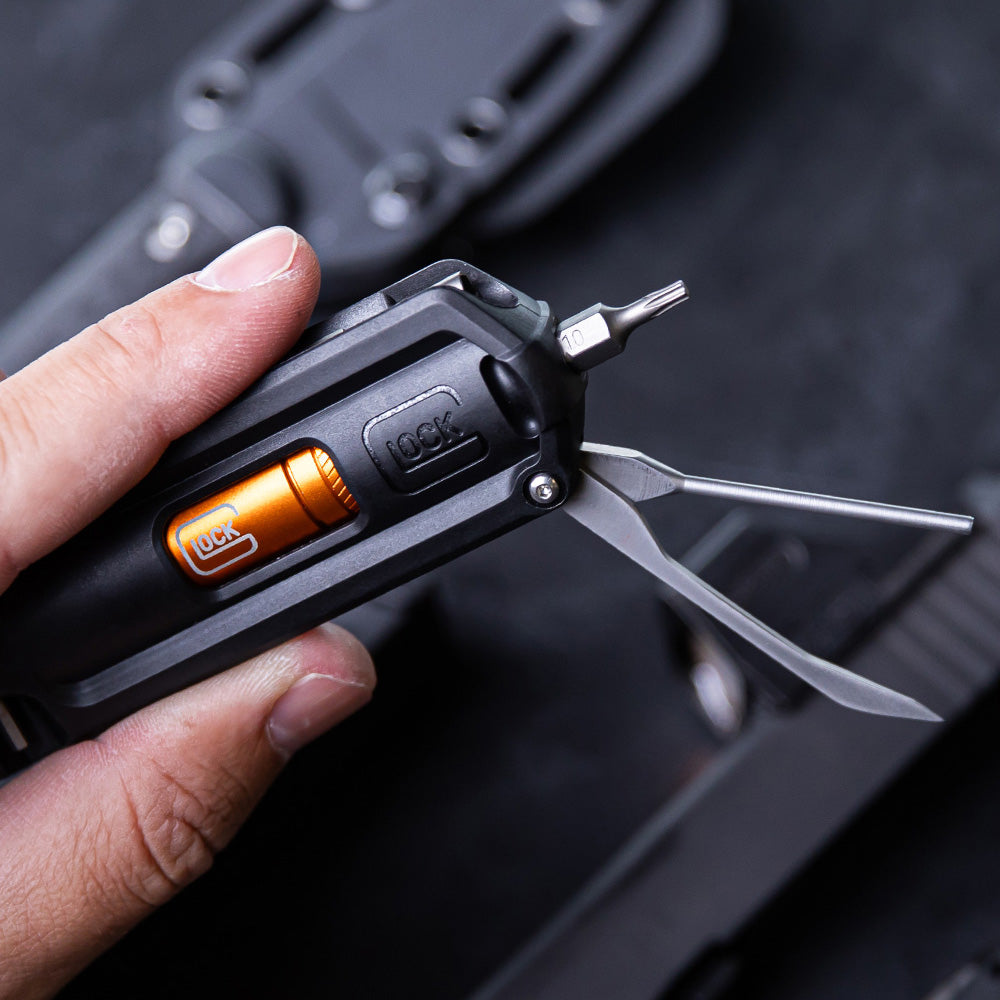
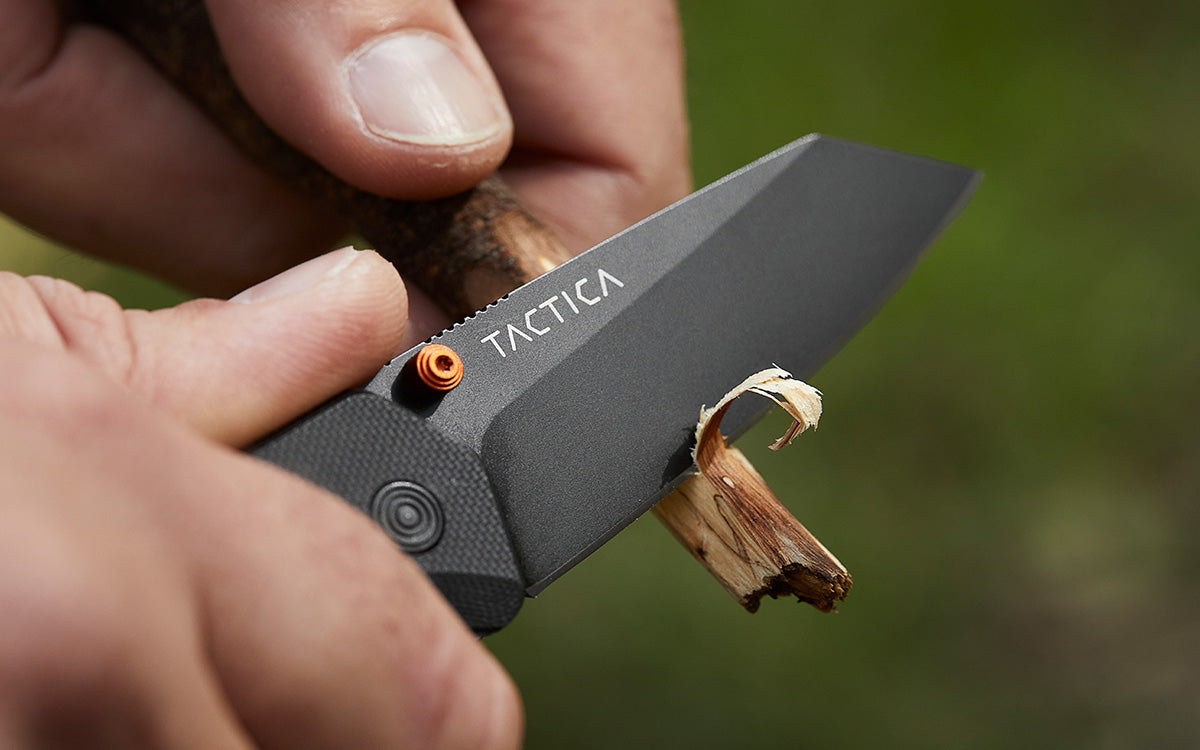
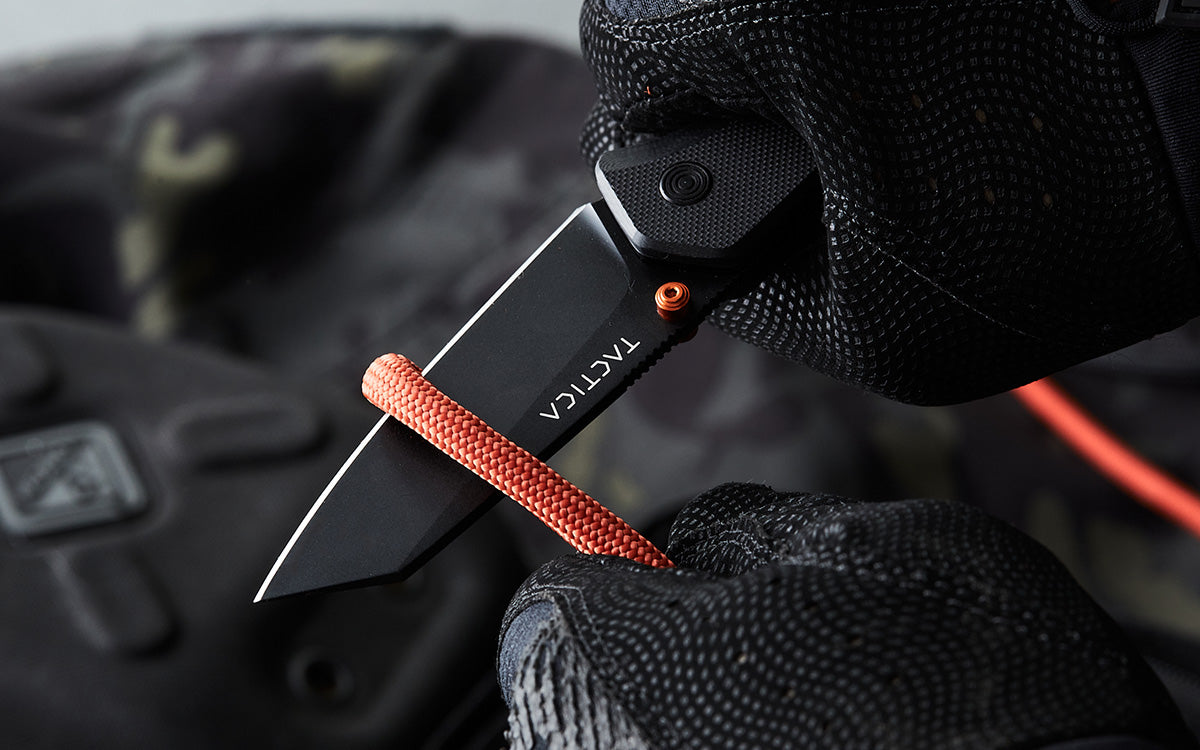
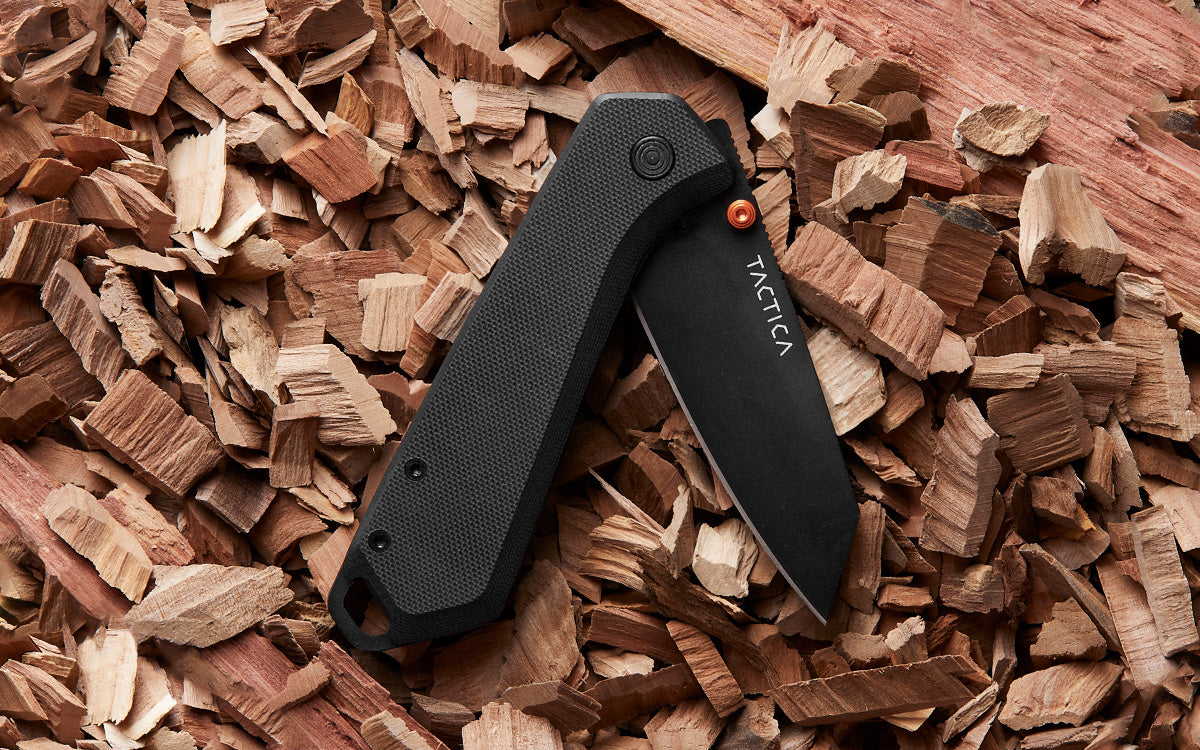
Leave a comment
This site is protected by hCaptcha and the hCaptcha Privacy Policy and Terms of Service apply.